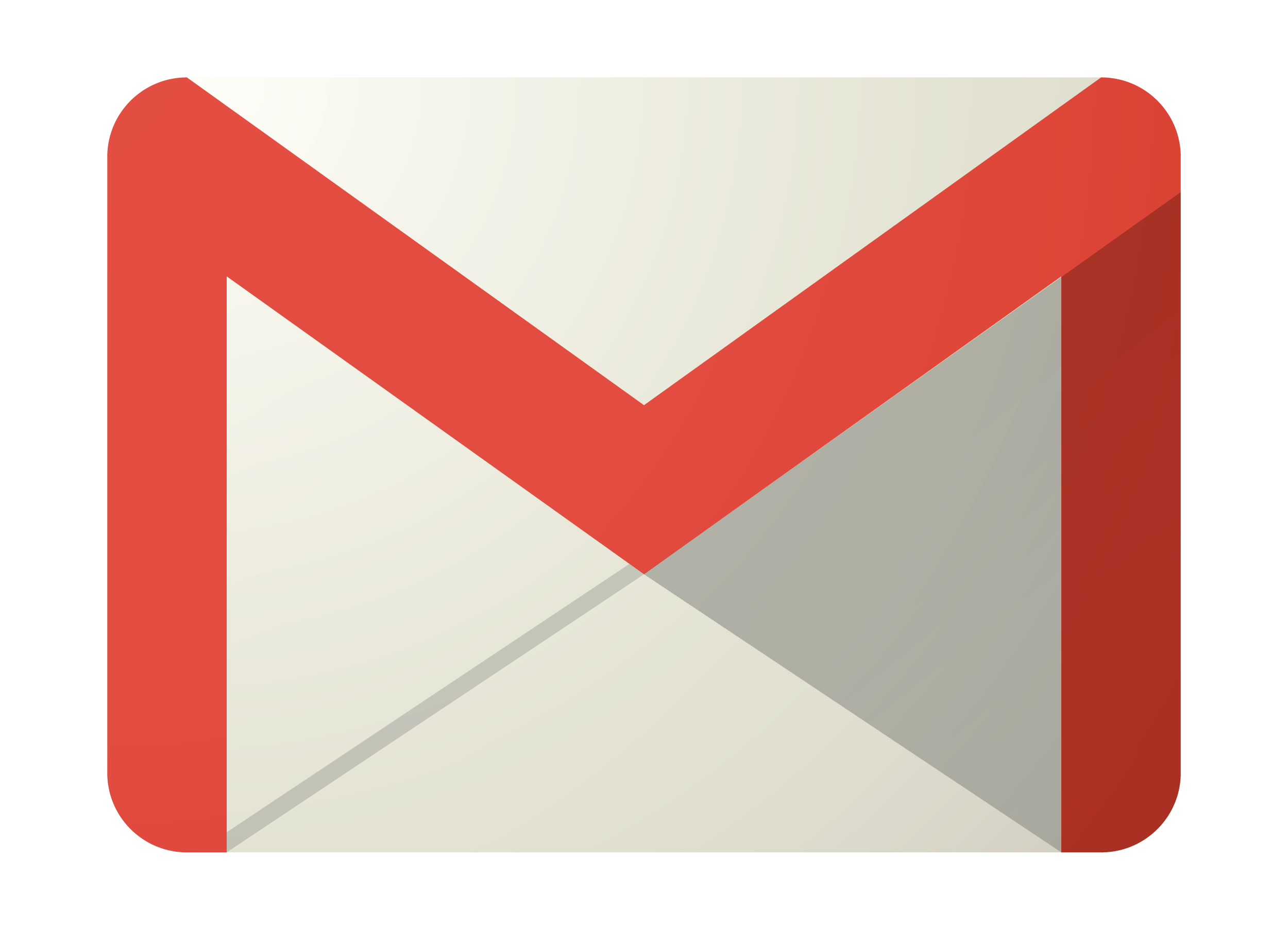Navigating Google & Email: Insights & Solutions You Need
Does the digital realm truly offer boundless access to information, or are we constantly encountering invisible barriers? The frustrating reality is that we often stumble upon "We did not find results for:" messages, signaling the limitations of search engines and the frustrating nature of online exploration. This experience underscores the inherent challenges in navigating the vast ocean of data available today.
We've all been there diligently crafting a search query, only to be met with a digital dead end. "Check spelling or type a new query," the message suggests, an almost patronizing prompt. But the problem often transcends mere typos. Sometimes, the information simply isn't available, hidden behind paywalls, locked within private databases, or deliberately obscured. The internet, for all its promise, remains a landscape marked by both openness and enclosure.
Consider the implications of these digital limitations. How do we truly stay informed if search engines sometimes fail to deliver, and what recourse do we have when faced with a frustrating lack of results?
Let's delve into the specifics of how these limitations manifest. The ubiquitous search engine, for example, which is often the first port of call for most queries, may fail due to several reasons. Sometimes, the web page is simply not indexed, other times the websites are unable to show the content.
Furthermore, the very nature of the internet means that information is in a constant state of flux. Web pages disappear, servers go offline, and links break. This digital instability contributes to the "We did not find results for" phenomenon, making it difficult to rely on the internet as a permanent repository of information.
Beyond the technical hurdles, there are intentional obstacles as well. "We would like to show you a description here but the site wont allow us," the message states. This could be due to a variety of reasons, from the website's security protocols to its policies regarding the distribution of content. The user is left in a state of not knowing, forced to look elsewhere for information, or to abandon the search entirely.
The use of a "private browsing window to sign in," can add another layer to the complexities of information access, providing a further illustration of privacy and the impact on search results. While the method might be a simple solution for the user, it doesnt mean that the source information is accessible to the public.
Moving away from the general issues of search results, another topic to discuss is regarding account access and management, like the sign-in process and the associated issues. Consider a scenario where a user tries to sign in to an aol account to access their email or other services. While this seems straightforward, the process can quickly become frustrating.
In the process of account management, a user may encounter the need to get an aol mail account for free, or have to manage their email like never before with travel, photo & document views and personalize your inbox with themes & tabs. These are the common services that need to be managed but these solutions often present another range of problems.
Google's range of services, Gmail being a prime example, brings another set of search issues. Sometimes, the simple act of creating a new account may lead to search complications. For example, If example@gmail.com already exists, a user can't use examp1e@gmail.com. The same constraint is often present when someone uses a username in the past and deletes it. This prevents potential abuse and spam activities. Google maintains control over the creation of new accounts and email addresses and often rejects the request for creating a user.
If you have to sign in to a different account, click "Use another account." This feature helps users manage multiple accounts on a single device, adding further complexity to the user experience.
Gmail is now part of google workspace. This evolution underscores the growing integration of Google services and the increasing importance of collaboration and productivity tools in both professional and personal contexts. By collaborating faster, from any device, anytime, all in one place. Google workspace enables individuals, teams, and businesses to stay on top of everything.
Understanding how these various functions of Google workspace, especially with the changing technology and the ways information is stored or accessed, makes it critical to address issues associated with the use of these platforms.
The integration of Google Workspace and Gmail signifies a shift toward more collaborative and integrated digital environments. Google Workspace has become a set of productivity and collaboration tools that helps individuals, teams, and businesses stay on top of everything. It is a vital feature, and it also helps in managing the content on digital platforms.
The integration and complexity of these platforms is further compounded by issues of language. The article mentioned phrases in different languages. "Teht ha elnaviglunk ms oldalakra, majd jra felkeressk a gmail.com cmet vagy brmely google termket akkor egybl bejelentkezett sttuszban lesznk az adott szolgltatsban. Hasznos funkci, ugyanis nincs szksg az lland belpsekre azonban ezt csak olyan eszkzn kapcsoljuk be, amit gyakran hasznlunk, s ms", which, when translated, explains the convenience of staying logged into Google services on frequently used devices, streamlining access but also raising potential security concerns.
The same can be said for the Italian references: "Gmail parte di google workspace per il quale puoi scegliere diversi piani. Oltre alle funzionalit di gmail che ami, avrai un indirizzo email personalizzato (@azienda.it), indirizzi email di gruppo illimitati, il 99,9% di tempo di attivit garantito, uno spazio di archiviazione doppio rispetto a gmail per uso personale, zero annunci pubblicitari, assistenza 24/7, google workspace sync per" illustrating the benefits and features associated with Google Workspace. The feature of a custom email address (@company.it) and the group email addresses and the 99.9% uptime are key features in this ecosystem.
Moving beyond the realm of individual user experiences, let's consider some of the digital services which include services for data analytics.
Key features of "aagmalcom's" data analytics services include exceptional customer support ensuring client satisfaction. At aagmalcom, customer satisfaction is a top priority. Although the services are available and a top priority is set for customer satisfaction, the limitations of the digital platform are still present, such as the search results.
The digital world is filled with complexity and a range of issues that range from a simple search query to a more complex data analytic service.
The constant presence of "We did not find results for:" is a stark reminder of the challenges in navigating this digital landscape. The user's ability to find relevant information is often hindered by several external factors. The issues of accessibility of information, usability of the search engine and the overall reliability of these digital tools.

Gmail logo PNG
google mail gmail icon logo symbol 22484516 PNG

Gmail Techerator